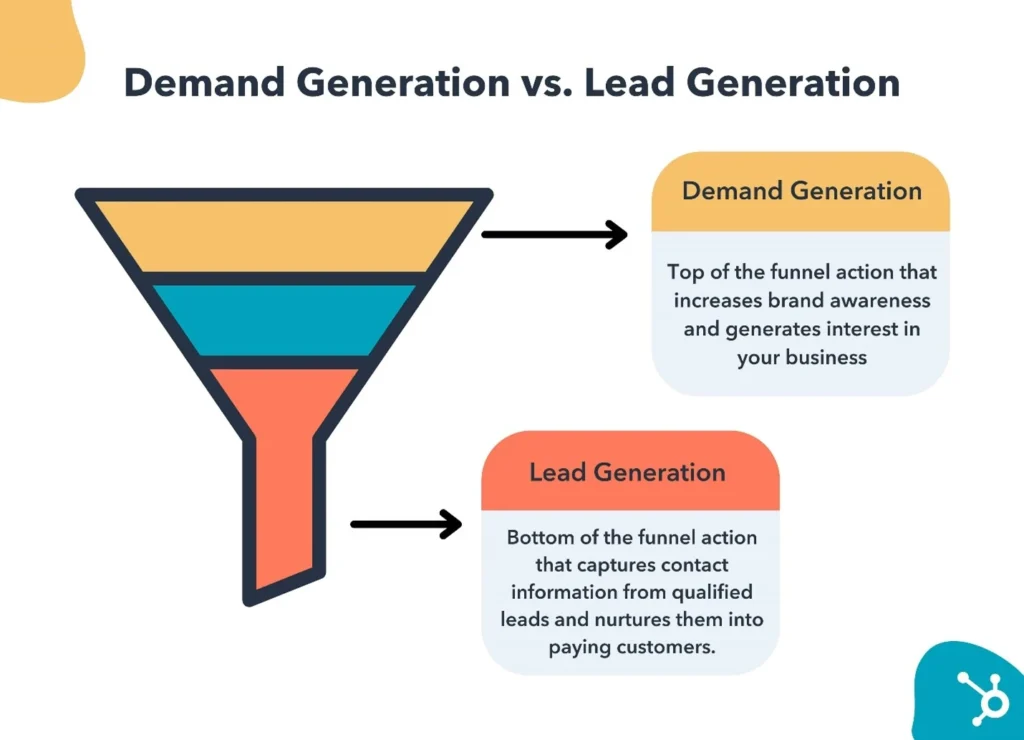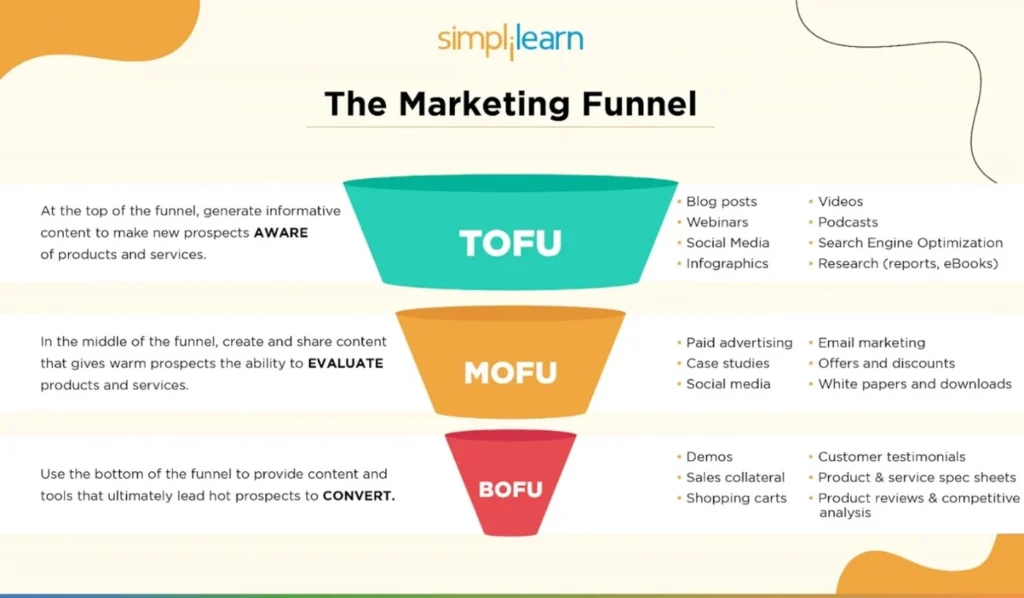What Are High Quality Leads and How Do You Find Them?
Marketers often use the term “high-quality lead” in their circles. However, there are specific characteristics that all high-quality leads share. If you can identify those characteristics in your leads, you can prioritize your time and focus your efforts on the leads most likely to result in conversions.
In this article, you’ll explore a high-quality lead and how you can optimize your demand generation and lead generation strategies to help you bring in those leads.
Key Takeaways:
- Lead generation and demand generation are not the same thing.
- You want to include demand and lead generation tactics into your marketing mix to draw in the best quality leads.
- Optimizing your content and sharing it at specific points within your customer’s journey can weed out the lower-quality leads and focus on those more likely to convert.
What Are High-Quality Leads?
A lead is a potential customer who has shown interest in your product or service in some way, shape, or form. It could be anything from signing up for a newsletter, downloading an e-book, or filling out a contact form on your website. The key here is that the lead has taken action that indicates they are interested in what you offer.
So, what exactly is a high-quality lead? A high-quality lead is a potential customer interested in your product or service and a good fit for your offer. They are likely to need or want what you offer and have the budget to pay for it.
Several factors go into determining whether or not a lead is of high quality. The most important factor is how likely the lead is to convert into a paying customer. Other factors in determining the quality of a lead include how engaged the lead is with your brand, how “sales-ready” the lead is, and whether or not the lead is a good fit for your product or service.
Demand Generation vs. Lead Generation: Which Produces Better Results?
A common misconception is that demand and lead generation are the same. The reality is that both are different but equally important strategies for marketing and sales teams. Demand generation and lead generation create a pipeline of potential customers.
Demand generation creates awareness and interest in a company’s products or services. It is a holistic marketing approach that goes beyond lead generation by encompassing all aspects of the customer journey, from awareness to purchase. Demand generation focuses on creating demand for a product or service through various marketing channels, such as content marketing, social media, search engine optimization, and email marketing.
Alternatively, lead generation identifies and qualifies potential customers for a product or service. It is a critical component of demand generation, focusing on generating and then nurturing leads to pass on to the sales team for the final sale.

Image Source: Hubspot
3 Things to Consider When Building a Strategy that Draws in Higher-Quality Leads
Creating and executing a marketing strategy can be daunting, especially when your goal is to draw in higher-quality leads. There are a lot of moving parts and things to consider, but if you focus on these five areas, you’ll be well on your way to success:
1. Know Your Audience and Their Unique Journeys
The first step to any successful marketing strategy is to know your audience. It may seem like a no-brainer, but taking the time to understand your ideal customer, their needs and wants, and their unique journey is important.
It is especially true for those in B2B, as your audience likely contains a group of individuals with very specific roles and responsibilities. What works for one individual in your audience may not work for another. You need to identify which steps they take on their journey, what content they need, and what you can provide that meets those needs.
2. Craft Content for Each Stage of their Journey
Arguably one of the most critical steps in a marketing campaign is the content you create and share with your audience. Unfortunately, many brands struggle to create content that is truly helpful to their audience and meets them where they are in their journey. Instead, the focus is on creating generic content, hoping something will stick.
With so much content available at the click of a mouse, simply creating content for the sake of it won’t work. You must create specific content that applies to your audience at every stage of the journey. The easiest way to do this is to split your content into three stages:
- Top-of-Funnel Content is the content people see at the beginning of the customer journey. This content’s design aims to attract new customers and showcase your company as an expert in your industry.
- Middle-of-Funnel Content engages and informs prospects and customers at different stages of the buyer journey. This content persuades the customer to consider your product or service as a viable option to solve their problem.
- Bottom-of-Funnel Content converts leads and moves customers along their buyer journey. This content addresses specific needs and pain points that the prospect or customer has and helps overcome objections they may have.

Image Source: Simplilearn Solutions
By breaking down your content into these three stages, you can create a more cohesive marketing strategy and align your content with the buyer journey. This way, you can weed out the low-quality leads from your audience and focus your attention on the high-quality leads that are most likely to buy from you.
3. Optimize Content with More Niche Keywords and Phrases
Keyword optimization is strategically placing keywords and phrases throughout your content to improve your chances of ranking in search engines and getting your content seen by people searching for terms related to your business. When it comes to lead generation, keyword optimization is essential to ensure that people who are actively searching for information related to your products or services see your content.
Using the right keyword and keyword phrases can help you attract more high-quality leads to your website and increase your conversions—but only if you’re taking the time to utilize more niche keywords and phrases.
If you’re only shooting for the broad terms used most often, you’re not going to attract the kind of leads you need to make the sales you want. To get the most out of your keyword strategy, you need to use more specific terms and phrases used by people actively searching for information about your products or services. While it may result in lower traffic to your site, it will increase your leads’ quality, resulting in higher conversion rates.
Start Building Your Demand Strategy Today with Televerde!
If you’re serious about generating high-quality leads that convert, you must focus on creating useful, relevant, and targeted content for your audience. By breaking down your content into different stages of the buyer journey, you can create a more cohesive marketing strategy and ensure that the people who are most likely to buy from you see your content.
Ready to get started? Contact our team today to start developing a winning demand strategy for your brand.


